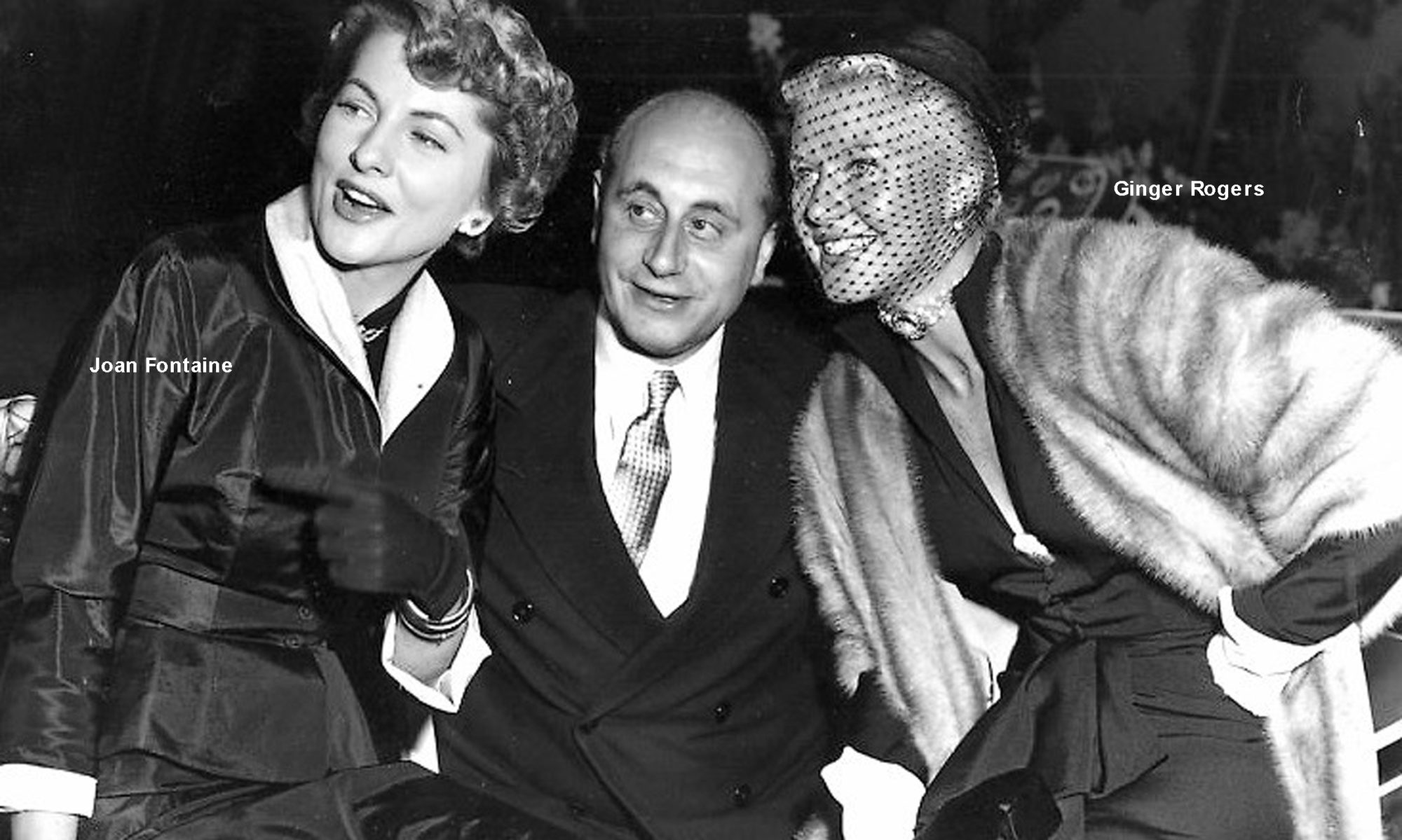The Irish Impresario who went to Hollywood
The impresarios’ club is small, and it was even smaller in the early part of the last century. In Ireland, from the 1930s to the 1950s, its major figure was Louis Elliman.
Louis followed his father Maurice into the entertainment industry. Maurice had ventured into early cinema in 1910 when Louis was seven. One of almost three million East European Jews to flee the pogroms of Tsarist Russia, Maurice had reached Dublin in 1892, aged 20 and penniless. He found his niche in the entertainment world, and became, in the words of the Dublin Evening Mail, “the father of the Dublin film trade.”

Succeeding him, Louis turned the business his father had begun into an empire. Expanding into live entertainment, he found in himself a talent for creating theatre, music and revue. With Dublin’s major theatres and concert halls under his management, he brought to Ireland leading lights from the worlds of theatre, dance and music, giving Irish audiences entertainment equal to any found on New York’s Broadway or London’s West End.
Right: The bioscope: a hand-turned machine that projected moving pictures. Maurice acquired one in 1910, along with canvas tent and screen. His first screening was the funeral of Britain’s King Edward VII on May 20, 1910.
When World War II closed the sea lanes and foreign stars stayed away, he nurtured native Irish talent, many of whom later became known worldwide. By the time the world was once more at peace and international stars returned to Ireland, Louis was, in the words of The Irish Independent, Ireland’s Mr. Show Business. Over 30 cinemas countrywide were under Elliman management, along with Dublin’s Metropole, Royal and Gaiety Theatres, and he was soon to open Ardmore Studios, bringing film production to Ireland.
In 1950, Louis made a three-month business trip by ship, plane and rail to both coasts of the USA and to Australia, where he was feted, wined and dined by the major studios — Paramount, Rank, Universal — and partied with the stars. A carbon copy of his 250-page journal of the trip survives, and is reproduced here.



Irish Herald 
Irish Times, Nov 20, 1965


Irish Times, Nov 16, 1965























